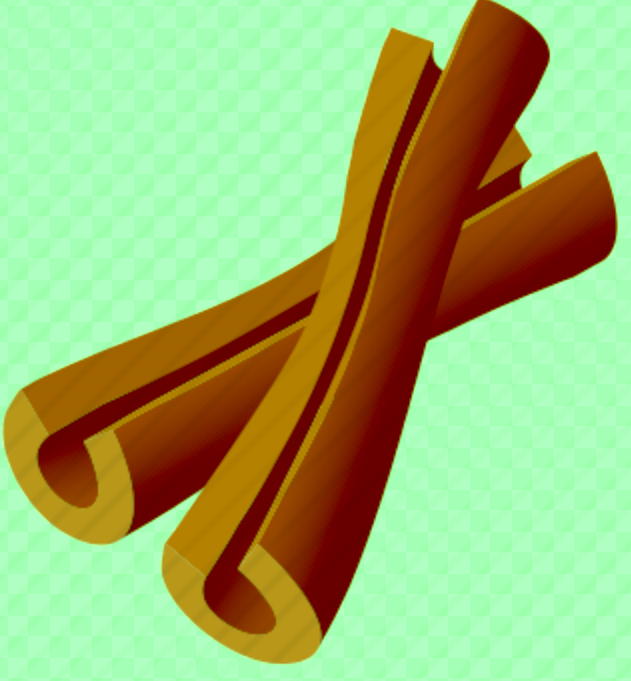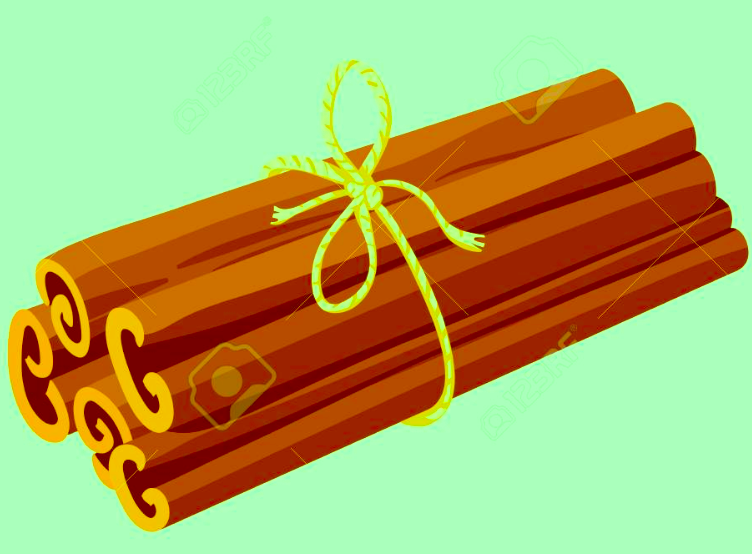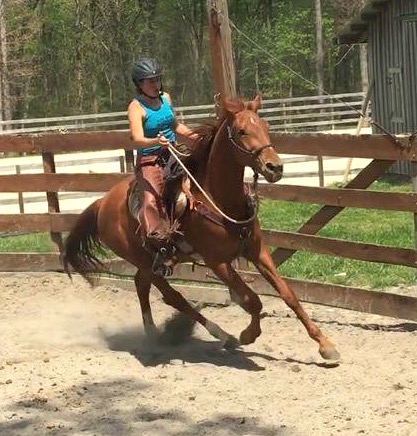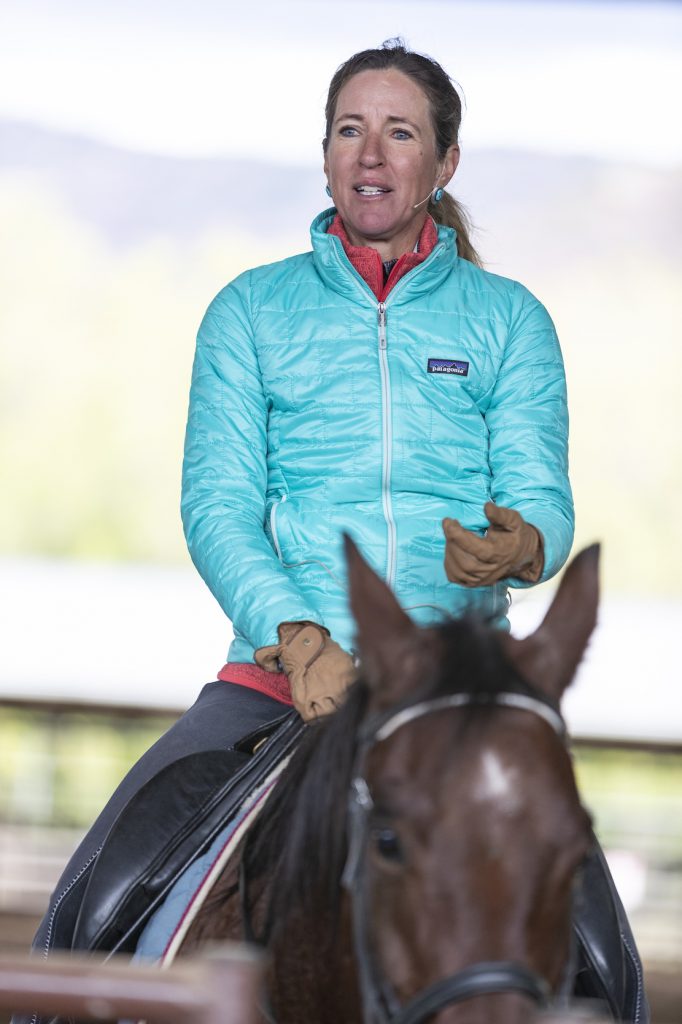
Do you have a bundle of Safety Sticks?
Given the interest in our recent WiseAssWallace helmet post, we thought we’d discuss the greater issue of safety. Studies show that horse riding is one of the riskiest activities we humans do. Riders assess and mitigate risk all the time. Being safe is an integral part of riding.
With help from Maddy Butcher, Julie Kenney, Katrin Silva, and Amy Skinner, we offer these Safety Sticks as a way to assess your risk level. Check them out and see how many Safety Sticks you typically collect. Lots of us don’t wear helmets. Lots of us aren’t as fit as we used to be. Be honest about your risk assessments and consider altering your routine to be safer.
Safety Sticks:
- Are you riding with someone or do you have someone around when you are riding? Alternatively, do you a cell phone and reliable service where you’re riding.
- Are you a fit and balanced rider? [Can you mount from the ground? Can you mount from both sides? Can you trot, canter, and gallop with your horse?]
-

Do you have a bundle of Safety Sticks?
Do you know your horse? [Do you have experience with this horse? Do you know his strengths, fears, tendencies, and weaknesses?]
- Do you know yourself, your fears, your weaknesses, your ability to connect with this horse and deal with any potential crises or unexpected developments?
- Do you know your environment? [What are the likely variables (weather, terrain, traffic, aggressive dogs, etc. that might complicate or endanger your safe ride?]
- Are you wearing a helmet as well as a protective vest?
- Can you stay balanced if your horse leaps or stumbles or slips (without yanking on the reins or inadvertently spurring him)?
- Have you checked your equipment? [Good, well-fitting gear helps optimize any ride. This includes but is not limited to: saddle, bridle, boots with heels, leggings (especially if traveling in rough

Can you ride comfortably at all gaits? Can you handle an unexpected gallop?
country), hat or helmet.]
Finer Safety Sticks:
- Can you read and respond to what your horse is expressing?
- Are you present? [If you’re distracted you can’t relate to your horse. Most accidents aren’t really freak accidents but a series of missed warnings.]
- Have you prepared the horse for whatever experience you plan to give it, as well as unexpected ones?
- Do you know the horse you’re riding TODAY? [A horse on a hot day, in a familiar environment, who has been worked consistently for the last five days will not be this same horse after a week off, on a cool, windy morning in an unfamiliar environment.]
- Do you know yourself as you are TODAY? [Being able to sit a spook or buck at age 27 does not mean you can still do this 30 years later. When you’re sick, overly tired, or emotionally out of sorts, or preoccupied, you won’t ride your best.]
-

There are pros and cons to riding with others, writes Katrin Silva
Are you riding with folks you know and trust? [Don’t ride with people who have no control over their horses, who are not mindful of the abilities of the weakest rider or the greenest horse in the group, or who gallop past you without warning.]
Final Safety Points
Katrin Silva says it best:
There is no shame in getting off a horse at any point, or to not get on in the first place. Many wrecks happen because of the human ego.
Ride the horse you have today. Be mindful of the mind and body you have today. Ride in wisely chosen company or none at all. And don’t let your ego get in the way.
This is a great article to look at your safety check marks before any ride. But I would like to address the helmet/non-helmet issue. Wearing a safety helmet should be in ADDITION to all the other safety “sticks.” I’ve heard and read a lot of reasons (excuses) to not wear one and they are all hogwash.
Helmets are uncomfortable or give me a headache — then find one that fits you properly
My head is hard enough — every brain is the consistency of un-set Jell-O
I never wore one growing up — I never wore a seatbelt growing up, but that doesn’t stop me from wearing it now
My horse doesn’t care if I wear a helmet — your horse doesn’t care if you die or are permanently wheelchair bound either
Let’s be honest. I totally respect everyone’s individual rights to assess their own risk and tick off their own safety check list, but don’t use flimsy excuses. Just say you know the risk and still choose NOT to wear a helmet. That is being honest folks.
Well said, Julie!
Excellent list. Katrin’s summation is key. I have been fortunate to have trainers/coaches who taught me this. My additional thoughts are that some days are just ground work days because of weather or a body that is not working properly. I’m spending time with my horse, we are both learning and building more on our relationship for those days when we ride out.
Thank you Katrin! When I am riding my solid horse alone on the beautiful gravel roads on the coast, I have decided that when I hear a car (or 4 wheeler or dirt bike) coming, I am just going to get off, walk a bit, and get back on. It has made those rides much more pleasant since I don’t always feel conflicted that I should teach Roxy how to manage vehicles, not to mention a chance to stretch my legs!
Love this article. Have been in some crazy situations. Many of them is that other riders don’t consider the others riding. I had riding in large groups. I got tired of babysitting drunk riders. Not so much the riders that are drunk . Worry about their horses.